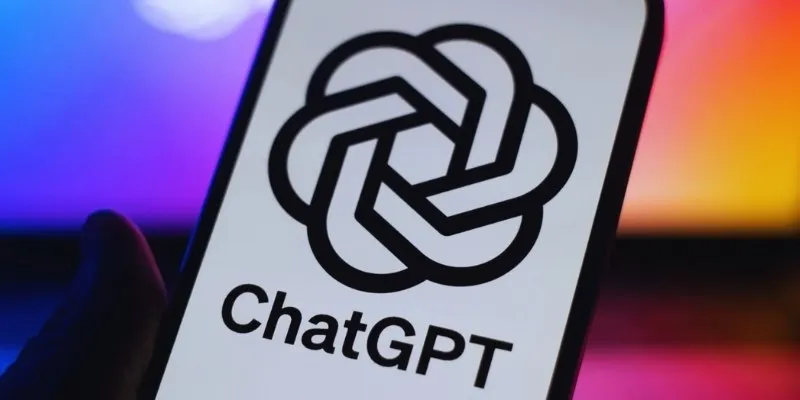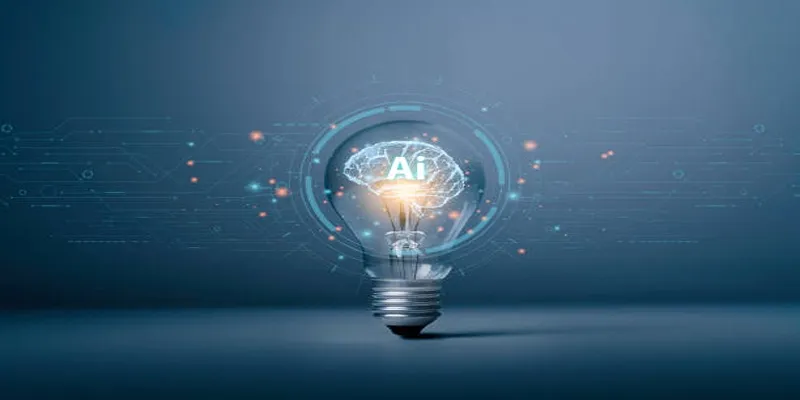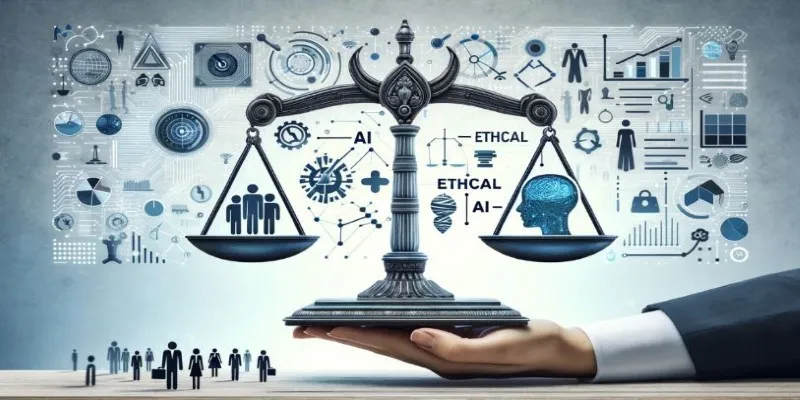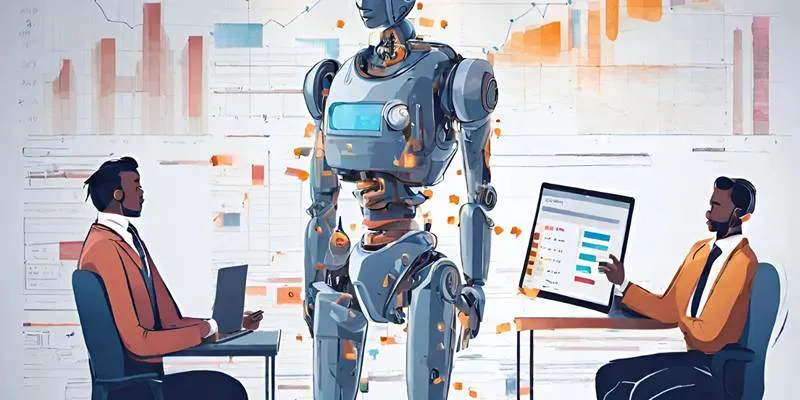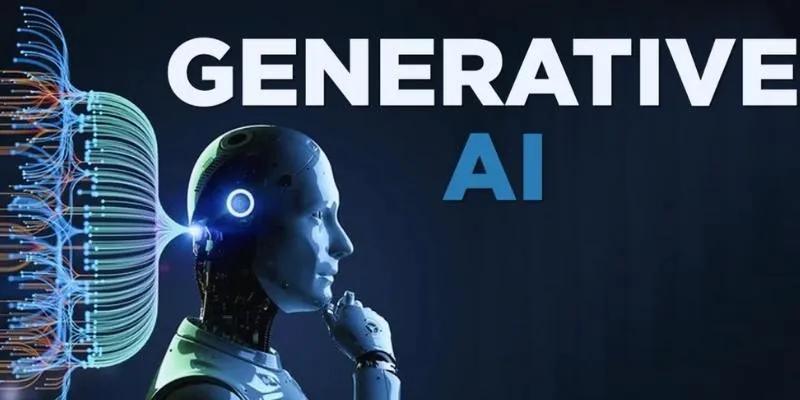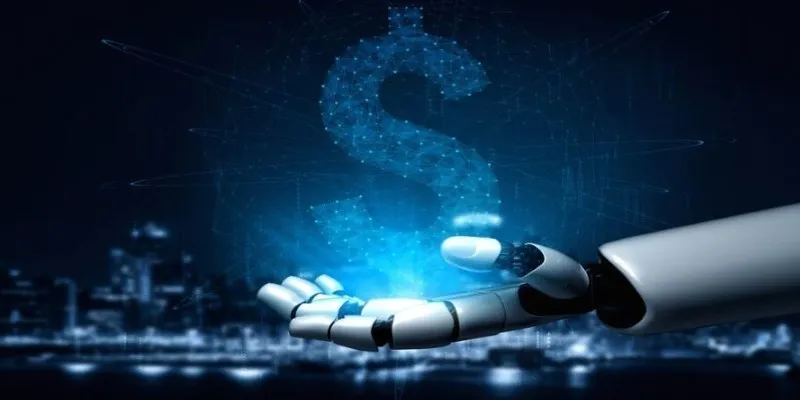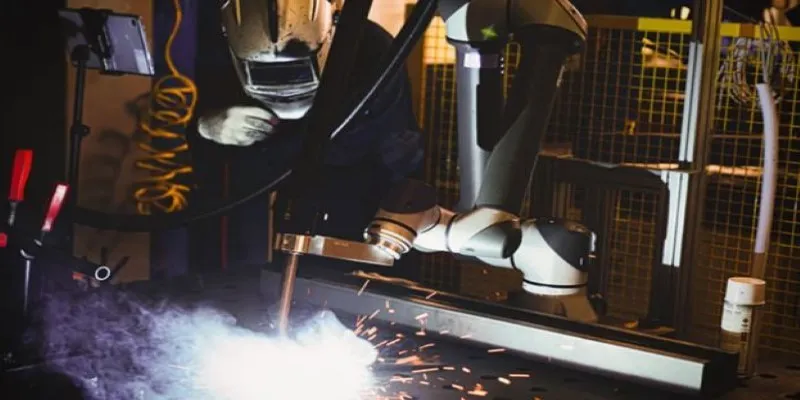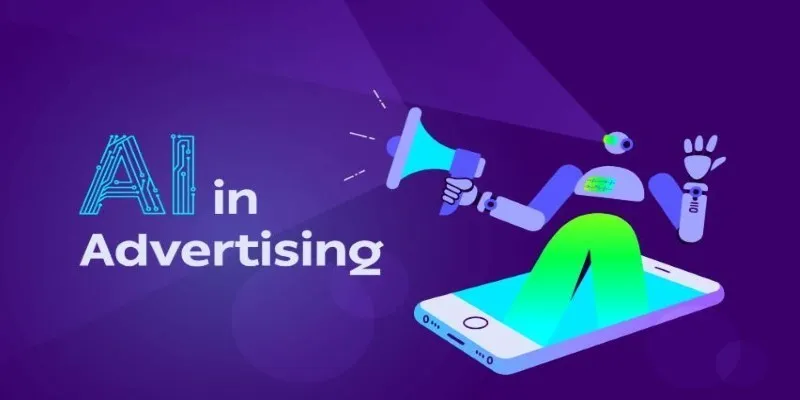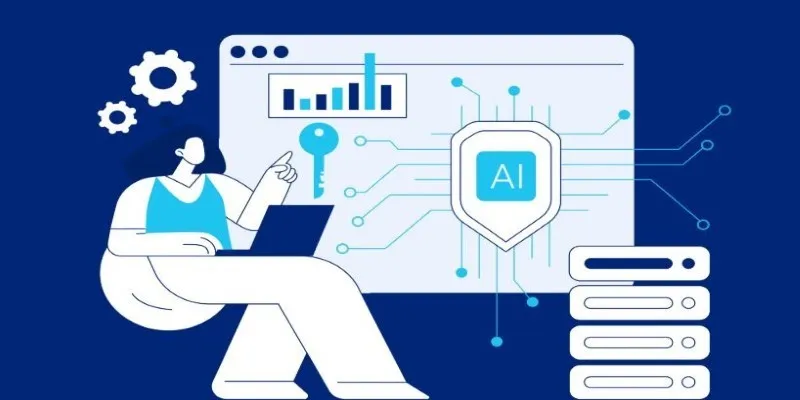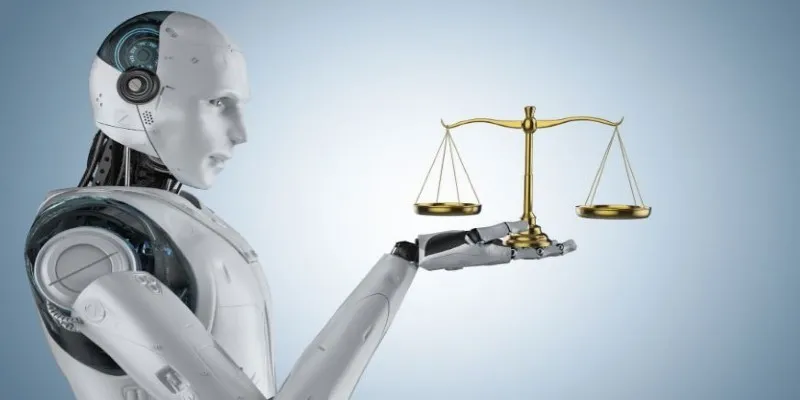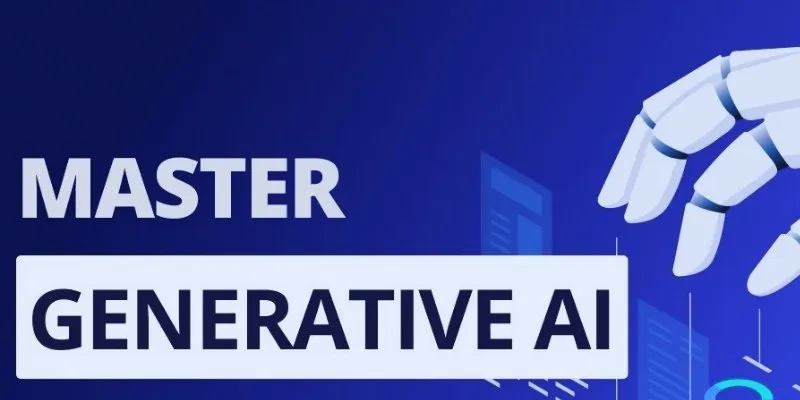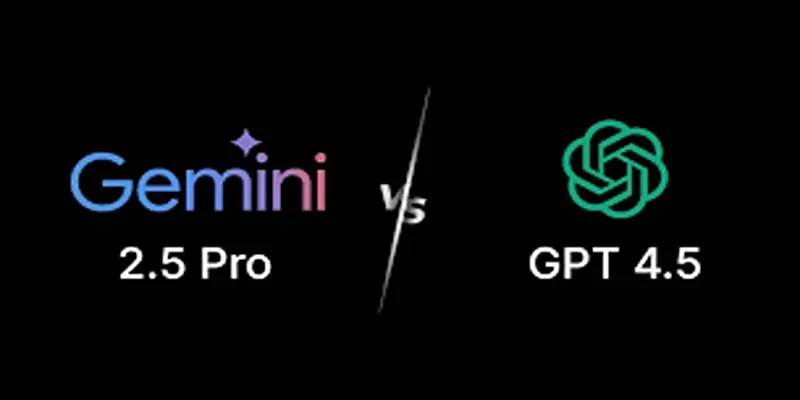Artificial Intelligence (AI) is revolutionizing industries by making processes easier, faster, and more automated. However, not all AI systems function the same way. There are two primary categories of AI: traditional AI and generative AI. While traditional AI is considered an older technology, generative AI represents the more advanced and creative side of AI.
Understanding the differences between traditional AI and generative AI is crucial to determine which is best suited for your specific needs. This article delves into the characteristics, uses, and differences between traditional and generative AI. Keep reading to learn everything you need to know about these two types of AI.
What is Traditional AI: An Overview
Traditional AI, also known as Narrow AI or Weak AI, is designed to perform specific tasks using predefined rules and algorithms. These systems operate within a limited scope and are ideal for structured problem-solving but cannot think beyond their programmed instructions. Traditional AI analyzes input data according to set guidelines and makes decisions based on learned patterns. For example, in a chess game, the AI follows the rules and makes moves based on the player’s actions but does not develop new strategies independently. Traditional AI is commonly used in chatbots, self-driving vehicles, and automated gaming systems.
Characteristics of Traditional AI
Here are the key characteristics of traditional AI:
- Operates based on fixed rules and instructions created by programmers.
- Designed for specific tasks and cannot work beyond its intended purpose.
- Analyzes data, recognizes patterns, and makes predictions accordingly.
- Limited learning ability, relying on human-provided data.
- Lacks creative thinking or the ability to develop new ideas independently.
- Follows a structured approach, making it predictable and restricted.
- Best suited for automation but lacks flexibility compared to advanced AI.
- Requires constant updates and improvements from human programmers to stay relevant and accurate.
Use Cases of Traditional AI
Traditional AI is widely used in various industries and everyday applications. Examples include spam filters, which keep unwanted emails out of inboxes by detecting patterns in messages, and recommendation systems, which suggest movies, products, or music based on a user’s past choices. Additionally, virtual assistants like Siri rely on traditional AI to understand and respond to basic questions, enhancing automation and user experiences.

What is Generative AI: An Overview
Generative AI is a type of artificial intelligence that creates new content, such as text, images, and other forms of data. It works by studying large datasets, recognizing patterns, and using that knowledge to generate new outputs. This process relies heavily on machine learning, allowing AI to predict and produce relevant content. Unlike Predictive AI, which focuses on forecasting outcomes, Generative AI emphasizes creating new content and depends on human input, often known as a “prompt.” Prompts can include text, images, videos, or audio.
Characteristics of Generative AI
Key characteristics of generative AI include:
- Generates original content using advanced neural networks like GANs and VAEs.
- Recognizes patterns in data to create relevant and unique outputs.
- Highly versatile, capable of producing text, images, music, and more.
- Creates new content based on prompts rather than just analyzing existing data.
- Generates fresh and meaningful results tailored to user instructions.
- Enhances creativity, automation, and innovation across multiple fields.
- Mimics human creativity, such as writing stories, composing music, or designing artwork.
Use Cases of Generative AI
Generative AI is already improving user experiences across various sectors. It is commonly used in chatbots and virtual assistants to provide human-like conversations and personalized responses, aiding users by answering questions and offering support. Another key application is code generation, where generative AI can write, debug, and suggest improvements for code based on simple instructions, making software development faster and easier. Generative AI also analyzes user preferences and past interactions to offer personalized recommendations, thereby enhancing user engagement.

Traditional AI vs Generative AI: Key Differences
Both traditional AI and generative AI are powerful technologies, but they serve different purposes. Traditional AI focuses on analyzing existing data for predictions and is commonly used in fraud detection, recommendation systems, and automation. It relies on simpler models like decision trees and regression, which require less computational power and resources.
Conversely, Generative AI is designed to create new content, such as text, using advanced deep learning models like GANs and transformers. It is prevalent in creative fields, chatbots, and personalized content generation. While traditional AI is cost-effective and easier to deploy, generative AI demands larger datasets and raises ethical concerns, such as misinformation and deepfakes. In contrast, traditional AI mainly faces challenges related to data privacy and bias. Both have unique advantages and are crucial for the future of technology.
Conclusion
Traditional AI and generative AI are significant advancements in AI, each serving unique roles in technology and innovation. Traditional AI excels at structured, rule-based tasks like automation, data analysis, and fraud detection, offering predictability and efficiency. In contrast, generative AI introduces creativity into AI by generating new content, valuable in content creation, customer engagement, and design.
 zfn9
zfn9



